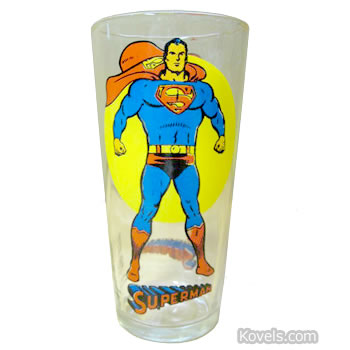Five Things You Never Thought to Collect
Kovels.com knows that there is a collector for everything—nothing seems to be too insignificant or strange. Think about these five unexpected and quirky collecting categories: 1. Super hero glasses; 2. Toothpick holders; 3. Crown bottle caps; 4. Casino gambling chips; 5. Bedpans






